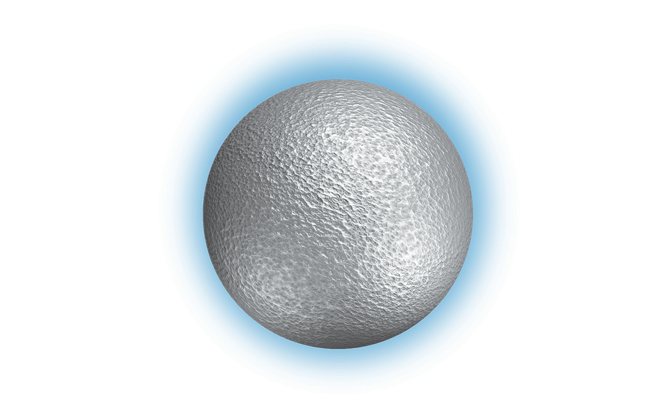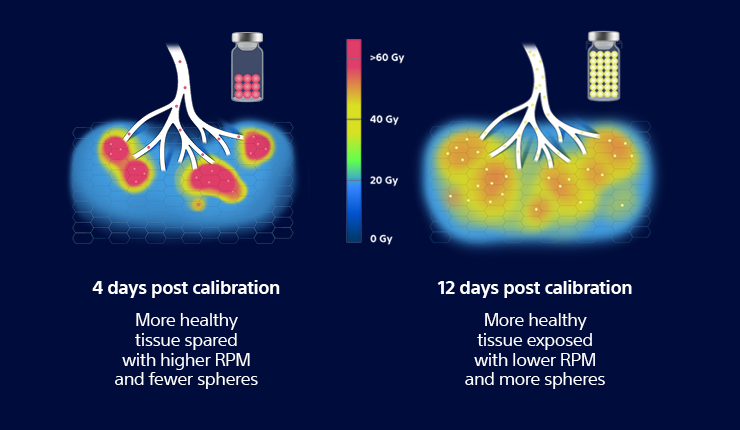Confidently dose during recommended treatment days while maintaining a good patient safety profile
Contemporary dosing recommendations below from an international multi-disciplinary working group were driven by TheraSphere landmark studies and advancing Y-90 techniques to improve outcomes. Recommendations include:
- Five clinical scenarios (curative and palliative intent) to facilitate standardized personalized treatment to improve outcomes
- Targeted absorbed dose in selective treatment of ≥ 400 Gy for complete pathologic necrosis radiation (single compartment)
- Tumor absorbed dose of ≥ 205 Gy (> 250 Gy where possible) and normal absorbed dose in the perfused liver of ≤ 120 Gy in patients with ≥ 30% hepatic reserve (multi-compartment)




